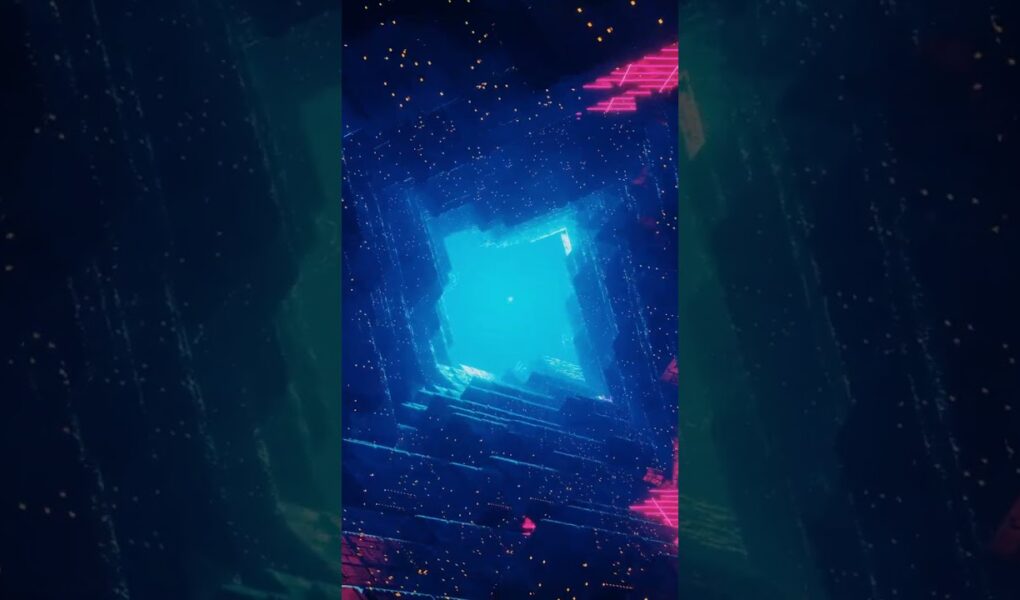Science Time
Nick Bostrom explains whether we can simulate consciousness
Subscribe to Science Time: https://www.youtube.com/sciencetime24
#science #shorts #ai
Source

Science Time
Nick Bostrom explains whether we can simulate consciousness
Subscribe to Science Time: https://www.youtube.com/sciencetime24
#science #shorts #ai
Source
Comments are closed.
We are in a simulation without doubt. One of infinite simulations running infinitely without input or interaction from any being. Automated.
Nah, we can only simulate it, not fully replicate it. When a person dies and their brain shuts down, you can still detect consciousness in the brain.
It’s still an illusion not reality
And maybe an alien could hack this system and use it to there own ends!
There not wrong saying it's the last technology 🤣
extremely speculative to put it mildly, considering we have no idea what consciousness even is.
I am pretty sure, that I’ve met NPCs in real life.
! 💝 💯 👏 🎉 🎃 🙏 🚀 👍 🤖 🎅 ✝ 🎄 🌝 !
wow. you have no idea how computer simulations work or what they even are. a simulation of something by a computer has the computer calculating what would happen in a given situation given certain inputs. Sometimes graphics hardware or software will then be used to render an image or video using dynamic assets modified using the results from the aforementioned calculations. It may be possible with sufficient computer power to "simulate" what a particular consciousness would do, what decisions it would make, in a given situation, but it won't actually be sentient.
yes but you mean cognition. consciousness is but 1 simple cognitive functions under the umbrella of cognition, my ai is already conscious 🤣 pleeb
It's becoming clear that with all the brain and consciousness theories out there, the proof will be in the pudding. By this I mean, can any particular theory be used to create a human adult level conscious machine. My bet is on the late Gerald Edelman's Extended Theory of Neuronal Group Selection. The lead group in robotics based on this theory is the Neurorobotics Lab at UC at Irvine. Dr. Edelman distinguished between primary consciousness, which came first in evolution, and that humans share with other conscious animals, and higher order consciousness, which came to only humans with the acquisition of language. A machine with primary consciousness will probably have to come first.
What I find special about the TNGS is the Darwin series of automata created at the Neurosciences Institute by Dr. Edelman and his colleagues in the 1990's and 2000's. These machines perform in the real world, not in a restricted simulated world, and display convincing physical behavior indicative of higher psychological functions necessary for consciousness, such as perceptual categorization, memory, and learning. They are based on realistic models of the parts of the biological brain that the theory claims subserve these functions. The extended TNGS allows for the emergence of consciousness based only on further evolutionary development of the brain areas responsible for these functions, in a parsimonious way. No other research I've encountered is anywhere near as convincing.
I post because on almost every video and article about the brain and consciousness that I encounter, the attitude seems to be that we still know next to nothing about how the brain and consciousness work; that there's lots of data but no unifying theory. I believe the extended TNGS is that theory. My motivation is to keep that theory in front of the public. And obviously, I consider it the route to a truly conscious machine, primary and higher-order.
My advice to people who want to create a conscious machine is to seriously ground themselves in the extended TNGS and the Darwin automata first, and proceed from there, by applying to Jeff Krichmar's lab at UC Irvine, possibly. Dr. Edelman's roadmap to a conscious machine is at https://arxiv.org/abs/2105.10461
Enter westworld season 5
Yes as computer power gets greater, it will mean simulations will details, more individual parts representing cells, neurons, synapse etc. It will simulate brain and body function. Will it be sentient? Will it be conscious? I doubt it. For one we have no idea what constitutes consciousness or self awareness. We know what parts of the brain light up on the screen during nmr and mri experiments. We can also calculate the spin, momentum and direction of an electron; but they have no idea what a bloody electron is!
It's according to Nick Bostroms simulation hypothesis. Likelihood is high, that we ourself are in a simulation.
I hope they simulate a perfect existence for them
People have to understand that a “possibility” is not a certainty. Many things are possible it doesn’t mean it’s true. We “could” Be living in a simulation. But it doesn’t mean we are for certain. It’s definitely possible but it isn’t guaranteed. There simply isn’t any evidence for it.
Japanese: "spirit of life" is better option
Stimulating
It has already happened. We're all living in a simulation right now.
This is a Rick and by Morty episode.